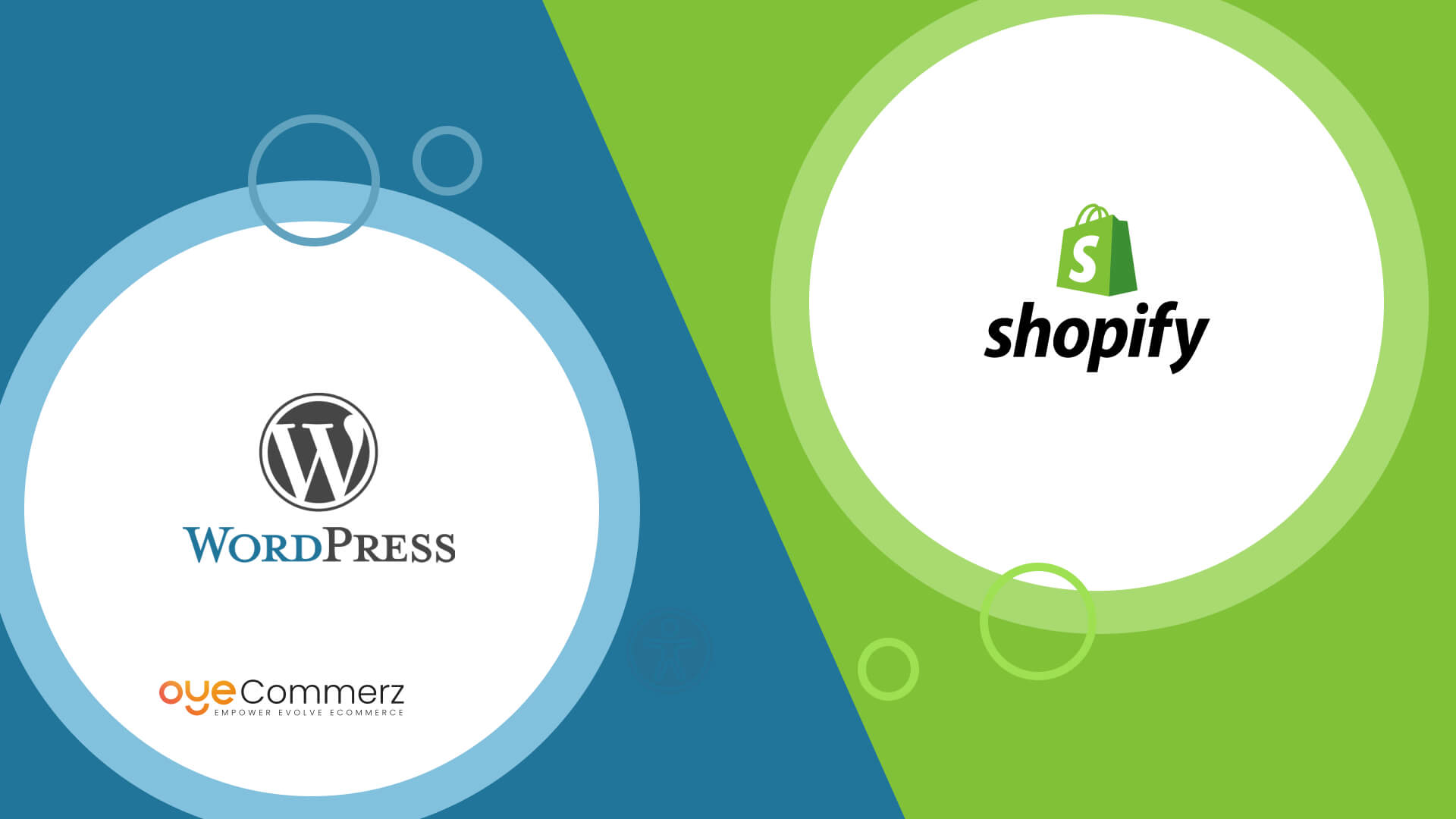Transitioning from WP to Shopify is an exciting step toward streamlining your e-commerce processes. As companies expand, choosing a solution that aligns with scalability, UX, and customization is essential. Shopify has emerged as a preferred choice for e-commerce professionals, offering unmatched adaptability, security, and user-friendliness. In this guide, we will delve into the transformative impact of this migration, discuss the benefits, and provide actionable steps to facilitate a smooth move.
1. Top Reasons to Transition from WordPress to Shopify
The combination of WordPress and WooCommerce, has served countless e-commerce platforms. However, as companies expand, issues like plugin dependency, data risks, and technical complexities often obstruct progress. Shopify, designed explicitly for digital retail, eliminates these issues with an all-in-one, intuitive solution. Statistics back this shift—Shopify hosts over 4.4 million websites globally, with a documented 10% increase in sales performance for many businesses post-switch.
2. Key Benefits of Shopify for E-commerce Success
Shopify’s powerful platform caters for scaling brands. Its notable benefits are:
- Seamless Customization: Shopify provides over 80 expertly crafted themes.
- Integrated Tools: Capabilities such as Shopify Payments and integrated SEO save time and effort.
- International Expansion: Currency versatility and localization features enable brands to expand internationally.
Additionally, Shopify boasts an availability percentage of 99.98%, ensuring your website is always operational.
3. Getting Ready for Your WordPress-to-Shopify Transition
Prior to starting the migration process, assess your current store. Analyze product data, customer details, and search engine rankings. Tools like Shopify’s Migration Kit or external tools help ease the transition. Develop a detailed strategy, ensuring all assets—item details, media files, and blog content—are ready for seamless import.
4. Data Migration: A Critical Step
Transferring your data forms the foundation for a smooth platform switch. When moving from WP to Shopify, focus on:
- Product Information: SKU, descriptions, and categories.
- Client Information: Emails, purchase records, and custom fields.
- SEO Optimization: Preserve meta tags, URLs, and forwarding paths to avoid SEO losses.
Use tools such as LitExtension to streamline data transfer while minimizing errors.
5. Customizing Your Shopify Store
Post-migration, customizing your Shopify store helps it reflects your business identity. Take advantage of Shopify’s drag-and-drop editor to design pages effortlessly. Shopify's themes are mobile-responsive, ensuring a smooth user experience across devices—a critical factor, given 74% of e-commerce traffic is generated by mobile users.
6. How to Protect Your SEO Rankings When Switching Platforms
SEO is vital for preserving your visibility during migration. Shopify excels in SEO with organized link formatting, built-in optimization tools, and smooth content management. Ensure:
- Set up URL forwarding for existing links.
- Enhance updated content with targeted phrases.
- Leverage plugins like Plug in SEO to track analytics after the switch.
7. Essential Tests After Migrating to Shopify
Once the migration is complete, conduct thorough testing.
Check: - Website speed (Shopify delivers faster speeds compared to WordPress).
- Payment integration reliability and transaction flow.
- Mobile responsiveness.
Testing guarantees your store delivers a seamless shopping experience from the start.
8. Real-Life Success Story
One such migration success story is Gymshark, a sportswear company that moved to Shopify. After the switch, the company saw a 60% boost in mobile sales and reduced site downtime. This highlights the potential of Shopify in driving online business success.
9. Challenges and Solutions
Migration is not without obstacles, such as data integrity and adjusting tailored features. However, Shopify’s extensive assistance and external professionals simplify the process. Partnering with qualified Shopify developers helps guarantee a trouble-free transition.
10. Starting Your Journey with Shopify
Switching from WordPress to Shopify marks a forward-thinking approach to online Migration for WordPress websites retail. By focusing on growth, simplifying management, and improving buyer satisfaction, Shopify enables companies to thrive in competitive markets.
Final Thoughts
Transitioning from WordPress e-commerce migration WP to Shopify is a strategic move that can significantly boost your e-commerce success. With a robust migration plan, the right tools, and expert support, you can unlock new success milestones.
Ready to make the leap? Reach out today to learn how our Shopify migration services can transform your online store. Get in touch today, or consider: Can your business afford to miss out on Shopify’s growth potential?
